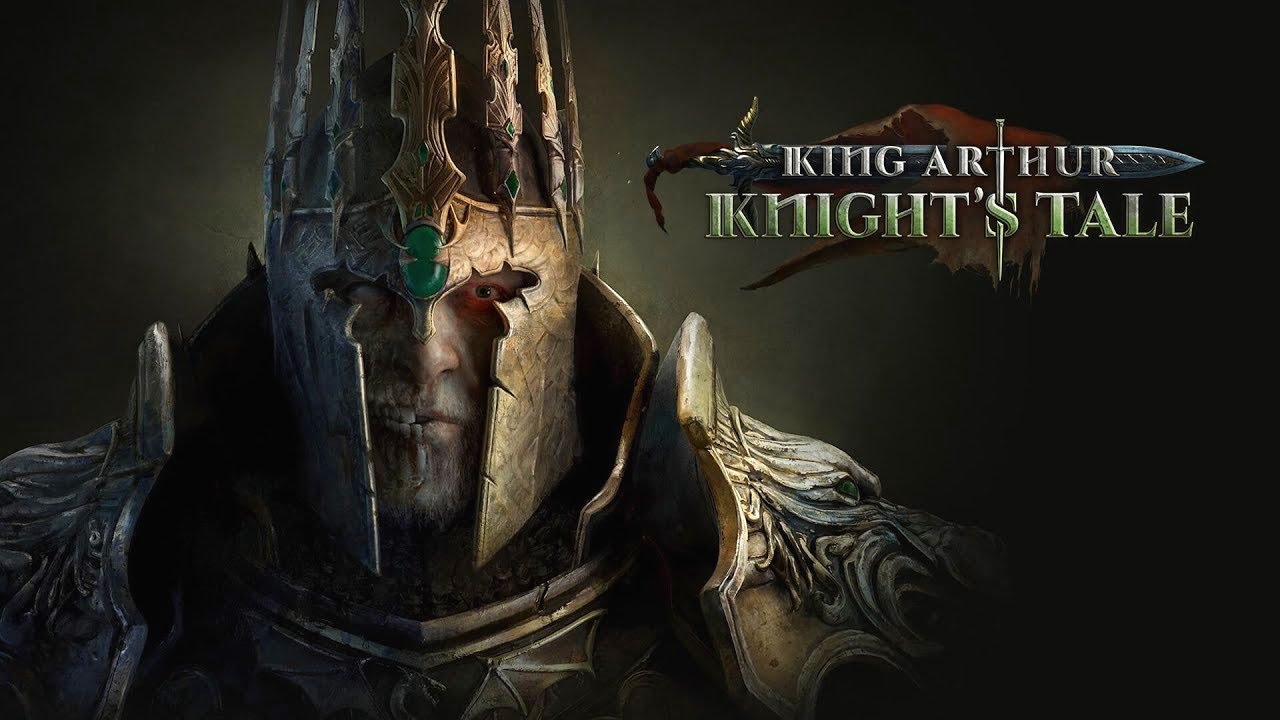King Arthur: Knight’s Tale is a tactical role-playing game developed by NeocoreGames. It tells a tale of Arthur’s rival, Sir Mordred. The two engaged in a duel to the death – but there was no victor, as both managed to slay each other. The story, rather obviously, doesn’t end there – even though he was killed, King Arthur managed to escape death through fae powers, resurrecting himself in Avalon. But his sanity did not survive the ordeal – now he wishes only to bring death and destruction to this land. To deal with this menace, Sir Mordred was brought back as well. This is where your journey begins – you play as Mordred, tasked with defeating the mad king. You will take down many creatures – and humans as well – in highly tactical, turn-based combat. You will gather your own band of heroes, as you cannot battle alone. But heroes are not mere soldiers for you to command. They have their own agenda – make choices they don’t agree with, and they will leave or even betray you. The choices you make in this game are very real – King Arthur: Knight’s Tale features a branching-path campaign with multiple endings, so you need to actively work to get the result you want to see. Although the game is available on Windows only, you can play King Arthur: Knight’s Tale on Mac as well – the guide below will walk you through the steps.
Play King Arthur: Knight’s Tale on Mac with Parallels

King Arthur: Knight’s Tale requires lots of PC resources, but if you have a powerful Mac computer (iMac, iMac Pro, or Mac Pro) Parallels Desktop can be a solution. This is an application that allows for Windows virtualization on Mac with the full support of DirectX and GPUs. In simpler terms, what this means is that it allows you to install Windows 10 on Mac with just a couple of clicks and switch between MacOS and Windows instantly. So you will be able to run Windows, install Steam, and enjoy the King Arthur: Knight’s Tale game on Mac just like on a regular PC.
Note: Recommended devices to run resource-demanding games: MacBook Pro (models with an Intel processor, discrete graphics cards, and 16 GB of RAM or more), iMac (models with Intel processor, discrete graphics cards, and 16 GB of RAM or more), iMac Pro (all models are suitable), Mac Pro (all models are suitable). Parallels on Mac computers with M1 (M1 Pro, M1 Max) chips may not support recent games. Games that require DirectX 12 and later are currently not supported by Parallels. AppsOnMac recommends using Parallels’ free trial feature to determine whether you can run the game or not if you’re uncertain.
Play King Arthur: Knight’s Tale on Mac with cloud gaming services

If you have an old Mac or it cannot satisfy the King Arthur: Knight’s Tale game system requirements, there is an easy solution. Cloud gaming services will be happy to provide you with sufficient computing power – though not for free, of course. All you need is a browser or a small client program and a good internet connection starting from 15 MBit/s. There are several great platforms that provide these services, among the best are Boosteroid, Xbox Cloud Gaming, and Nvidia GeForce Now. Boosteroid specifically has King Arthur: Knight’s Tale in its game library, so its an obvious choice for people looking to play this particular game.
Play King Arthur: Knight’s Tale on Mac with BootCamp
Note: Mac computers with new Apple Silicon (M1, M2, M3 Pro, or M1, M2, M3 Max) currently do not support BootCamp. In this case, please, use the options above to run King Arthur: Knight’s Tale on Mac
This method is simple but time-consuming. If your Mac meets all the system requirements above, you can play King Arthur: Knight’s Tale on Mac by installing Windows. You need to set up a dual boot of Windows and Mac via BootCamp. This is an application that allows users to choose the system to work in on startup, however, you won’t be able to switch between systems like in Parallels. You will need to reboot your machine every time you want to switch from Mac to Windows and vice versa. Remember that Mac is just a computer, in the end. And while newer Macs have their own special Apple Silicon chips that cannot run Windows, older Macs are very much similar to computers that run Windows, they have Intel processors, compatible RAM, disks, and other components. So you can install Windows on an older Mac by allocating no less than 64 GB of disk space (to be able to run Windows and a couple of games) and following these steps:
For OS X El Capitan 10.11 and older
For MacOS versions prior to OS X El Capitan 10.11 you will need to create a bootable Windows USB.
- Download this Windows ISO file.
- Open Boot Camp Assistant (Go to Applications > Utilities).
- Define the Windows partition size and choose the Windows ISO file you’ve downloaded.
- Format the Windows partition and go through all Windows installation steps.
- When Windows boots for the first time follow on-screen instructions to install Boot Camp and Windows support software (drivers)






